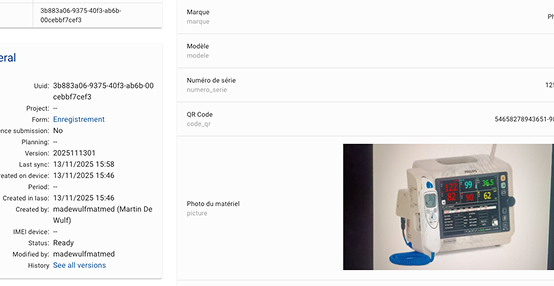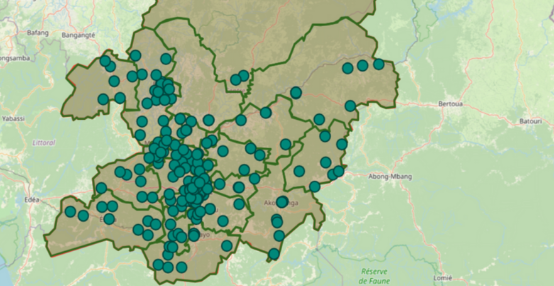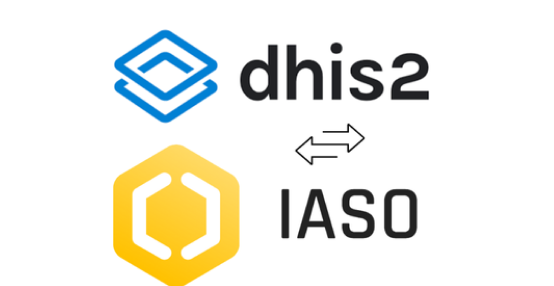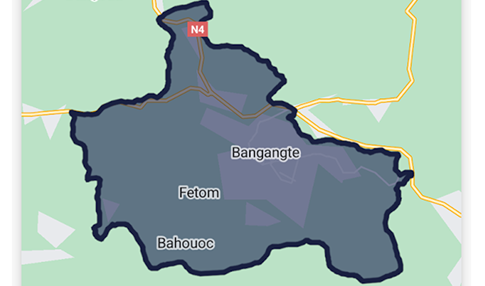Administration & user management
Does IASO provide multilingual documentation and support?
Yes. Documentation is available in English, French, and Spanish at docs.openiaso.com. Bluesquare’s multilingual teams can also deliver training and provide additional materials in these three languages.
Can administrators define password complexity rules?
Yes. IASO supports Single Sign-On (SSO) through OpenID (commonly used with Microsoft Entra ID) and allows administrators to enforce password policies. Password rules can also be defined with custom regular expressions.
Does IASO support data governance and protection of PII?
Yes. Administrators can flag questions as Personally Identifiable Information (PII) in forms. Such fields are automatically filtered out for unauthorized users, both in the web interface and in data exports.
Can IASO be hosted locally to comply with national data sovereignty?
Yes. IASO is open-source, built on standard technologies (Python/Django, Node.js, PostgreSQL), and has already been deployed in ministries of health and UN infrastructures. Bluesquare’s team can support local deployments and train technical staff.
Does IASO support enterprise-level user management?
Yes. IASO allows multi-account users to manage access across projects, assign roles, control permissions, and monitor user activity.
Is there a centralized console for managing projects, users, and resources?
Yes. The IASO web interface provides a central control panel for managing users, projects, records, and resources such as API keys.
Can I configure custom roles and permissions?
Yes. Administrators can define custom roles with granular permissions. Access can be limited by project, organizational hierarchy, or predefined role (e.g., vaccinator vs. logistics manager). IASO has supported national-level campaigns with thousands of mobile users.
API & integrations
Does IASO have RESTful APIs?
Yes. All features are exposed through a REST API built with Django Rest Framework and documented using the OpenAPI standard. Bulk operations (e.g., exports) are also available.
Can I access form structures and validation rules through the API?
Yes. APIs provide field definitions, metadata, and validation rules in formats compatible with ODK tools. Validation rules use JSONLogic.
Does IASO support webhooks for real-time integration?
Yes. Each form can be linked to a webhook that triggers when a submission is created or updated.
Can IASO integrate with BI tools such as Power BI or Tableau?
Yes. IASO integrates with tools like Power BI, Tableau, and Superset using JSON APIs, CSV, or Parquet exports. Real-time dashboards have been deployed at scale (e.g., Ivory Coast bed net campaign).
Does IASO integrate with DHIS2 and other platforms?
Yes. IASO has strong two-way DHIS2 integration (org units, aggregate data). It also supports exports to GIS tools like ArcGIS (via geopackages).
Data collection
Can users edit saved or incomplete forms before submission?
Yes. Draft forms can be edited in the mobile app. Even after upload, modifications can be enabled with feature flags or routed through a change request system.
Does IASO work offline?
Yes. IASO supports full offline functionality (form filling, multimedia capture, data storage). Data syncs automatically once connectivity is available. It has been used for programs where health workers were offline for months.
Can field workers view previously uploaded data?
Yes. Previously synced data and custom summary reports can be viewed directly in the app.
How reliable are uploads in poor connectivity environments?
IASO ensures data integrity by uploading submissions as zip files stored before processing. Since its launch 6 years ago, no data loss has been reported.
Is there a web-based data entry option?
Yes. IASO uses Enketo to allow data entry directly from a web browser.
Does IASO support multimedia data collection?
Yes. The mobile app supports photos, audio, video, GPS tracks, signatures, and more.
Can IASO handle large datasets on mobile devices?
Yes. IASO uses caching and optimization techniques to handle tens of thousands of records, even up to 100K on mid-range Android devices.
Does IASO support biometrics or external hardware devices?
Yes. Through ODK intents, IASO can connect to external devices (e.g., microscopes, biometric hardware).
Data export & reporting
Does IASO preserve data types in exports?
Yes. Exported datasets retain defined types (dates, numbers, text), ensuring compatibility with Excel and statistical tools.
Can data from deleted users still be accessed?
Yes. Records from deleted users remain accessible to authorized administrators.
What reporting options are available?
IASO provides built-in completeness statistics, submission tracking, and advanced search. For deeper analytics, IASO integrates with BI tools and Apache Superset for dashboards.
Can reports and dashboards be shared externally?
Yes. Dashboards can be embedded or shared with access controls aligned with user permissions.
Data management
Can administrators bulk-edit records?
Yes. Certain data linked to submissions (e.g., organizational units) can be bulk-edited directly in the interface.
Does IASO support data quality workflows?
Yes. Error flagging and correction workflows can be enabled via feature flags, allowing feedback loops to data collectors.
Can records be archived without deletion?
Yes. Records can be archived, hidden from active views, and later retrieved if needed.
Does IASO keep a change log?
Yes. All major objects (forms, users, projects, entities, org units) are tracked with audit logs.
GIS features
Does IASO capture GPS data with submissions?
Yes. GPS capture can be automatic, enforced, or user-validated. IASO has extensive features for georegistry and facility master list management.
Can IASO capture polygons or polylines?
Yes. The latest version supports capturing areas and tracks in addition to points.
Does IASO provide map visualization?
Yes. IASO has strong GIS capabilities, supporting master facility lists and map-based structuring of data collection.
Security & compliance
Is IASO GDPR, HIPAA, and ISO compliant?
Yes. Bluesquare is GDPR compliant, and IASO has passed security audits by UN agencies.
Does IASO support Single Sign-On (SSO)?
Yes. IASO supports SSO via OpenID, SAML, and OAuth. Unknown users validated through SSO can be automatically provisioned.
Is data encrypted?
Yes. In SaaS deployments, databases are encrypted at rest and in transit using industry-standard protocols (TLS, AES). Local installations depend on client infrastructure.
Is communication between client and server secure?
Yes. All client-server communication is encrypted via SSL/TLS.
System configuration
Can existing datasets be imported via Excel?
Yes. IASO supports Excel imports through its API.
Does IASO allow form creation without coding?
Yes. Forms are created in XLSForm format (Excel-based). A web-based emulator is also available to test forms before deployment.
Can forms be updated while data collection is ongoing?
Yes. Forms and workflows can be versioned, and older versions remain supported for already collected data.
Does IASO support anonymous surveys?
Yes. Public surveys can be created and shared via links.
Does IASO support workflow configuration?
Yes. Approval chains and custom validation workflows can be configured based on organizational hierarchies.
Global & SaaS
Which devices are supported?
IASO mobile app works on Android 5 and above, tested successfully on 1500+ models. Get it on Google Play.
Is IASO a Digital Public Good?
Yes. IASO is recognized as a Digital Public Good: digitalpublicgoods.net/r/iaso.
Is IASO offered as SaaS?
Yes. IASO is available as a SaaS platform, providing scalability, automatic updates, and minimal IT overhead.
How long is data retained?
By default, up to seven years, with archival and secure purging mechanisms for compliance.
Does IASO support structured training?
Currently, multilingual documentation and trainings are provided by Bluesquare. Self-paced e-learning and certification programs are on the roadmap.





















